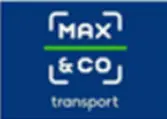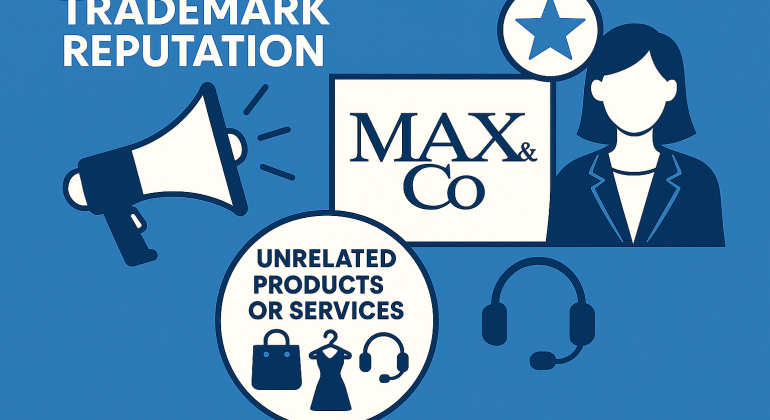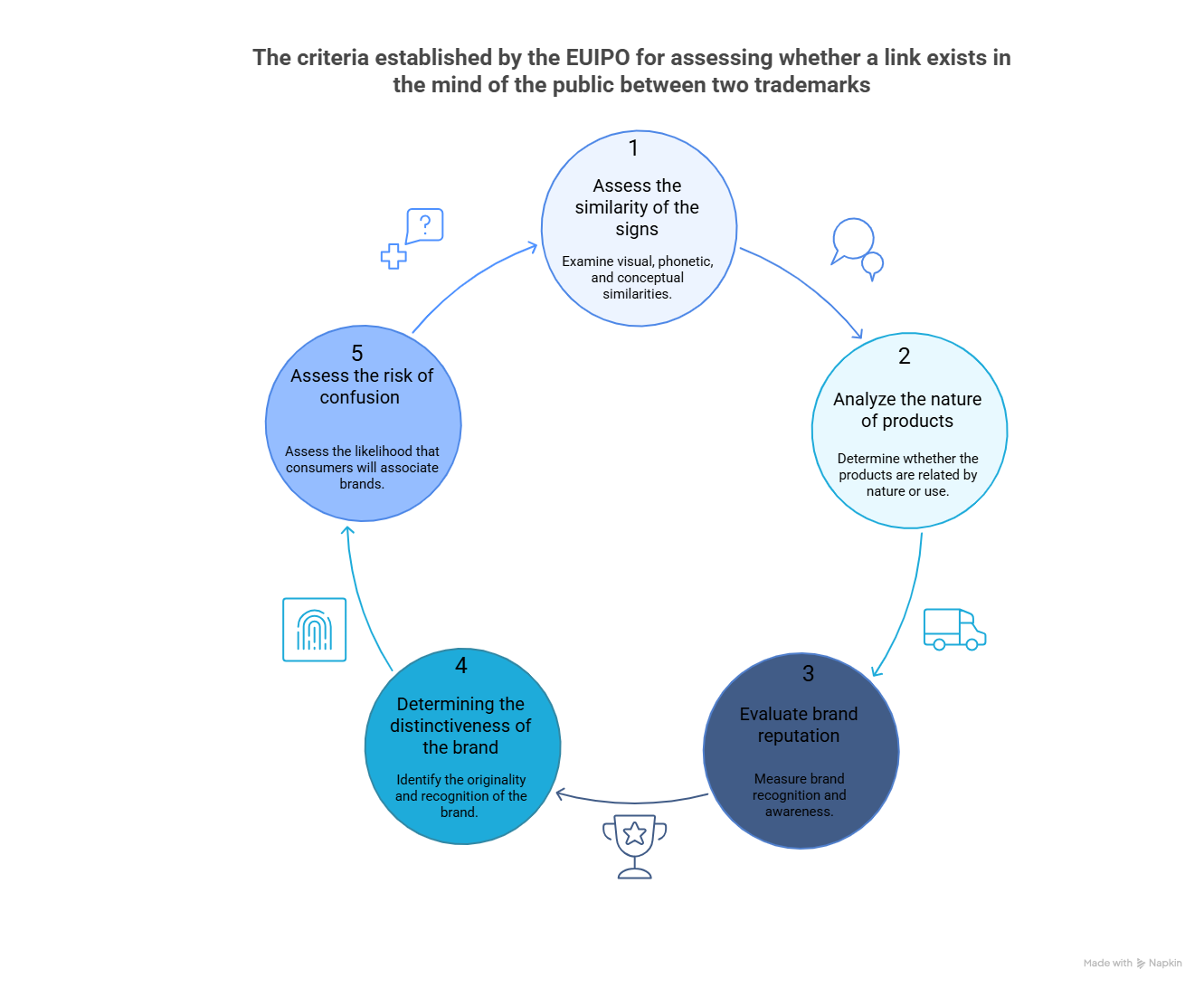Sommaire
Introduction
The Max&Co case illustrates the growing importance of a trademark’s reputation in opposition proceedings before the EUIPO, even when the goods or services in question are fundamentally dissimilar. The EUIPO opposition Division has clarified the conditions under which a well-known trademark in the fashion industry can protect its image against commercial use on entirely unrelated services, in this instance, transportation.
The Max&Co case : opposition concerning transportation services
On May 15, 2024, Max Mara Fashion Group S.r.L., owner of the earlier Max&Co trademark for clothing and bags (classes 18 and 25), filed an opposition against an EU trademark “ ” application designating transport services (class 39).
” application designating transport services (class 39).
The opposition was based on article 8(5) of the EU Trademark Regulation (EUTMR), which allows the reputation of the earlier trademark to be invoked to prevent a third party from taking unfair advantage of or causing damage to the distinctive character or reputation of the earlier trademark.
Brand reputation as a determining factor
In order to demonstrate the reputation of the Max&Co trademark, the opponent submitted a convincing set of documents, including :
- Official statements relating to turnover, advertising expenditure, and the distribution network;
- Press articles and excerpts from renowned specialist magazines (Cosmopolitan, Elle, Vanity Fair, Vogue).
- Judgments from Italian courts and decisions from the Italian Patent and Trademark Office (UIBM).
- Screenshots from the brand’s official website.
After examining this evidence, EUIPO acknowledged that the Max&Co trademark enjoyed significant reputation in Italy, at least in relation to clothing.
Assessment of the “link” between the signs
In order to establish a likelihood of confusion, case law requires demonstrating that the relevant public is likely to establish a mental link (or association) between the earlier trademark and the contested sign.
The main criteria examined in assessing such a “link” include :
- The degree of similarity between the signs;
- The nature of the goods and services, including their degree of similarity or difference;
- The degree of reputation of the earlier trademark;
- The distinctiveness of the earlier trademark, whether inherent or acquired through use;
- The existence of a likelihood of confusion on the part of the public.
In this case, the EUIPO ruled that the signs were very similar (common element Max&Co) and that the earlier trademark enjoyed significant reputation and normal distinctiveness.
Even though the goods (clothing) and services (transport) are dissimilar, the EUIPO identified a relevant link between them:
- Transport services can relate to any category of goods, including clothing;
- In the digital age, fashion manufacturers often actively participate in the delivery of their products via their online platforms.
Thus, the relevant public could mentally associate the contested sign with the Max&Co trademark, believing that the transport services originate from the fashion house or that the products transported are related to that trademark.
Unfair advantage and commercial parasitism
The EUIPO then assessed whether the contested sign could take unfair advantage of the reputation of the Max&Co trademark :
- Consumers might attribute to the transport provider the same standards of quality and prestige associated with MAX&Co.
- The contested sign could transfer Max&Co’s image of reliability and logistical efficiency to the transport services, facilitating its marketing in an unjustified manner.
On this basis, the EUIPO rejected the trademark application for all of the services claimed.
Conclusion
The Max&Co case confirms the importance of a trademark’s reputation as a protective tool, even when the goods or services are unrelated. The EUIPO is thus strengthening the protection of well-known trademarks against commercial parasitism and free-riding, particularly in sectors such as fashion where image and perceived quality are essential.
This decision also illustrates that reputation allows trademark protection to be extended beyond its initial class, taking into account modern commercial practices, including online sales and delivery.
Dreyfus & Associés assists its clients in managing complex intellectual property cases, offering personalized advice and comprehensive operational support for the complete protection of intellectual property.
Nathalie Dreyfus with the support of the entire Dreyfus team
FAQ
1. Can the reputation of a trademark justify opposition against unrelated goods or services?
Yes. A well-known trademark may oppose registration of an identical or similar sign for dissimilar goods or services when such use creates a mental link in the public’s mind or takes unfair advantage of the trademark’s reputation.
2. What criteria does the EUIPO consider when assessing such a link?
The similarity of the signs, the reputation and distinctiveness of the earlier trademark, the nature and degree of similarity of the goods or services, and the likelihood of confusion on the part of the public.
3. What is “unfair advantage” or free-riding?
It occurs when a contested sign benefits from the reputation or image of a well-known trademark to promote itself more easily, without investing in its own goodwill.
4. What are the implications for fashion trademarks?
Renowned fashion brands enjoy broader protection, which may extend to non-related services perceived as connected in consumers’ minds, particularly in the context of online sales and logistics activities.


